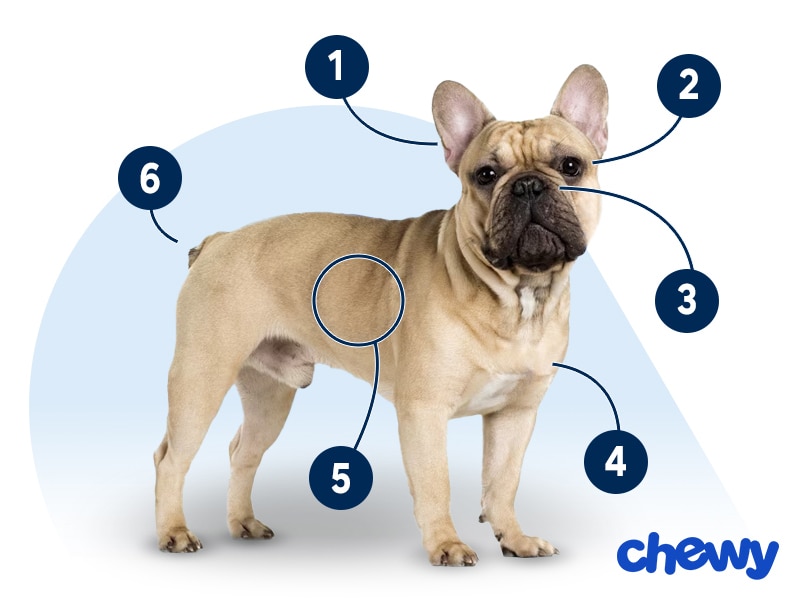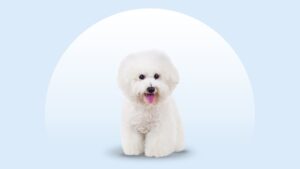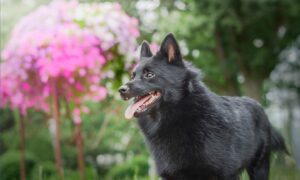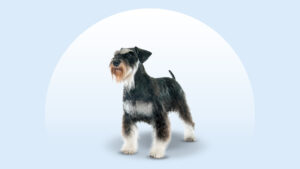French Bulldog
Updated June 4, 2025
French Bulldog
Updated June 4, 2025
Affectionate and adaptable, French Bulldogs are cosmopolitan pups that can thrive in the city or the country—as long as their favorite sidekick (that’s you!) is right there with them. With a history that spans England, France, and the United States, these charmers are always up for a fun day out.
Quirky, Bubbly, BFF
Under 28 pounds
11–13 inches
10–12 years
Brindle, Brindle and White, Cream, Fawn, Fawn and White, Fawn Brindle, White, White and Brindle, Fawn Brindle and White, White and Fawn
A French Bulldog is the kind of friend who’s always ready to hang out. Brunch? Check. Relaxing neighborhood stroll? On it. Sleeping through the afternoon on a plush bed while you stream TV shows? Perfect.
If you’re there, these adorable bat-eared dogs are up for anything—as long as it’s not running a 5K. And really, who can blame them?
Immortalized in French art (they were often painted hanging out at cafes), these dogs love to see and be seen. But just like their ideal bestie, Frenchies are fine to skip the gym. Instead, plan a day casually playing fetch and lounging in the park.
French Bulldog Characteristics
French Bulldog Appearance
The French Bulldog is a small but strong pup with an adorably big head. Frenchies have large, round eyes, bat-like ears, and (as a brachycephalic dog breed) flat faces and cute wrinkles.

- Ears
Often described as “bat-like,” French Bulldog ears are rounded at the tips and stand upright.
- Eyes
French Bulldog eyes are round and dark brown. Green or blue eyes are possible, too, but they’re not the breed standard.
- Nose
Frenchie noses are usually black, but it’s not unusual to see a paler snout on a dog with lighter fur.
- Coat Length
The French Bulldog’s coat is short and smooth. It’s not overly thick or fluffy. If you do see a fluffy Frenchie, he’s a mix; Frenchies will a little extra floof might be part Pomeranian or Chihuahua.
- Coat Color
French Bulldog colors are often white, cream, fawn, or any combo of those, according to the American Kennel Club (AKC) breed standard. Some have “masking” (black fur that’s patterned around their eyes), while others are piebald (with patterns of white patches). Others may have patches of color on their body. However, many Frenchies come in a lot of other lovely colors. Some have a merle coloring with marbled hues, while some are gray, black, or blue. These just aren’t AKC regulation.
- Tail
Frenchie tails are short and may be straight or twisted like a corkscrew.
French Bulldog Temperament
Though small even when full-grown, French Bulldogs might occasionally mistake themselves for a much larger dog. Be sure to train and socialize your French Bulldog puppy early on, so he’ll politely greet guests (both human and animal) who come to visit—and charm everyone as much as he’s charmed you.
But make no mistake: Frenchies are friendly dogs who develop deep bonds with their people. They can sometimes feel anxious when their people are out of the house for too long, so you’ll want to make sure your bestie has a calm routine and doesn’t get left alone too often.
This breed is good with kids and babies, but as with any dog, always supervise playtime and teach the little ones in your life how to interact with animals. A typical French Bulldog’s personality traits also help them get along with other dogs and cats, but be sure to introduce them properly.
How to Care for a French Bulldog
French Bulldogs are a joy to have around. Sure, they need training just like every dog, but they live to make you happy, and their short coat is easy to brush. With the help of your veterinarian (and maybe a certified dog trainer to guide you along the way), you can help your Frenchie become his very best self.
Grooming
Training
Diet
Exercise
Environment
French Bulldog Health
A French Bulldog lifespan is about 10–12 years. Unfortunately, there are some French Bulldog health issues pet parents should be aware of, and purchasing pet insurance is probably a good idea for this breed.
- Allergies: Dog allergies can be seasonal (dust, pollen, mold) or, though less commonly, related to food. If your dog is suddenly itchier than usual, have your vet check him out.
- Brachycephalic obstructive airway syndrome (BOAS): This condition is tough for Frenchies. Many pet parents consider their dogs’ little snorting and snuffling sounds cute (and they are!), but sadly those sounds are also a sign of breathing troubles due to the dogs’ smooshed anatomy. Manage symptoms by keeping your dog at a healthy weight and avoiding extreme temperatures; severe cases could require surgery.
- Ear infections: French Bulldogs are prone to ear infections because their ear canals are narrow. Regular ear cleaning can help.
- Eye issues: Common eye issues include cataracts, which cause cloudy eyes and lead to blindness, as well as cherry eye. Surgery can often correct both conditions.
- Skin infections: A Frenchie’s charming face wrinkles can trap bits of food and moisture—it’s OK, no one’s perfect. But bacteria and yeast can multiply there, leading to skin infections. Keep them at bay by cleaning your dog’s folds every day, and monitor for signs of infection, like bumps, scabs, irritation, redness, or swollen skin.
- Spine and orthopedic issues: Your French Bulldog may be susceptible to intervertebral disc disease (IVDD), hip dysplasia, and a luxating patella. Talk to your vet about how to best protect your Frenchie’s health.
French Bulldog History
In a surprising twist, the French Bulldog actually originated in England.
Bred as a smaller type of Bulldog (aka the English Bulldog), Frenchies became popular in particular in Nottingham, a center for lace-making. Their charm kept pet parents captivated, even after the Industrial Revolution forced a move to France.
In Paris, the tiny Bulldogs became a staple at chic cafes, and they even appeared in the paintings of Henri de Toulouse-Lautrec, who famously chronicled the vivid scene of the Belle Époque.
By the end of the 1800s, Americans, too, had taken notice of these delightful dogs, and the French Bull Dog Club of America was established in 1897. The French Bulldog became fashionable in the U.S., especially among socialites.
Following World War II, their popularity decreased, but it began to rise again in the 1960s. Impressively, in 2022, these adorable pups nabbed the No. 1 spot on the AKC’s list of most popular dog breeds, a title they still hold today.
If you’re thinking about bringing home your own French Bulldog puppy, expect to pay upwards of $5,000 or more. It’s also important to invest in pet insurance and stash some funds away for any future medical problems your dog may develop.
You can also find French Bulldogs for adoption. Reach out to a French Bulldog rescue (like the French Bulldog Rescue Network), keep an eye out for the breed at your local shelter or animal rescue, or see who’s available via Chewy’s database of adoptable dogs.








